Alegbra 2- OnRamps Unit 1 and 2
1/43
Earn XP
Description and Tags
Thinking like a mathematician and Transformations of functions
Name | Mastery | Learn | Test | Matching | Spaced |
|---|
No study sessions yet.
44 Terms
Set
well-defined collection of elements
S
finite set
ex. {0,1,2,3,4}
P
infinite set
ex. {1, 2, 3…..}
E
empty set
ex. Ø
N
The natural numbers
{1, 2, 3…….}
Z
The integers
{-3, -2, -1, 0, 1, 2, 3}
Q
The set of all rational numbers
ex. a/b
Q^c
The set of all Irrational Numbers
R
The set of real numbers
C
The set of all complex numbers
ex. i= √-1
∈
an element of or belongs to
∃
there exists
∀
for all or for every
: or |
such that
—>
an implication or mapping
Rational Numbers
0, -0.06, 0.75, 0.77777, 36, -49
Irrational Numbers
square roots that can not be simplified into an integer, negative square roots, pi
Closure Axiom
x + y ∈ R
x ⋅ y ∈ R
Commutative Rule Axiom
x+y = y+x
x ⋅ y = y ⋅ x
Associative Rule Axiom
(x+y) +z = (z+y) + x
(xy)z = x(yz)
Identify Elements Axiom
x+0 = x
x⋅1 = x
Inverse Rules Axiom
x+(-x)= 0
x⋅1/x = 1, for x does not equal 0
Distributive Rule
x(y+z)= xy+xz
If an equation/data is a function then:
each input (x) will have only one output
(a single output can have two inputs but a single input can not have two outputs)
A graph is increasing when:
the y values are increasing while the x values are increasing

What parent function is this?
y=e^x
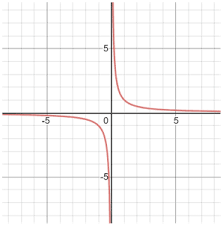
What parent function is this?
f(x)=1/x
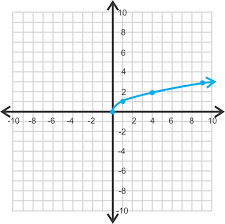
What parent function is this?
f(x)= √x
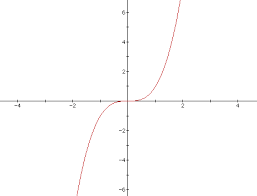
What parent function is this?
f(x)= x³

What parent function is this?
f(x)=x
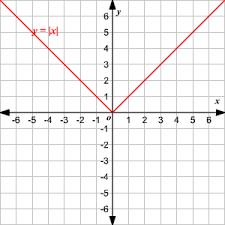
What parent function is this?
f(x)= |x|
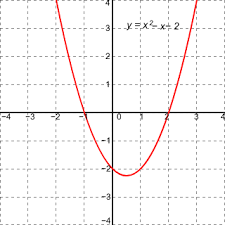
What parent function is this?
f(x)=x²
Slope Intercept Form
y=mx+b
Point-Slope Form
y-y1= m(x-x1)
Standard Form
Ax+By=C
Perpendicular Lines
Lines are perpendicular if one slope is the negative reciprocal of the other
Parallel Lines
Slopes are equal
Vertex of Absolute Value Function Equation
a |x-h|+k
Find x in the absolute value and plug in the x to find y
ex. y=|x-2|+3
x-2
x=2
|2-2|+3= 3
(2,3) Vertex
Horizontal Shift Right
g(x)= f(x-k)
Horizontal Shift left
g(x)= f(x+k)
Vertical Shift
Up: g(x)= f(x)+k
Down: g(x)= f(x)-k
Reflection about the y-axis
g(x)= f(-x)
Reflection about the x-axis
g(x)=-f(x)
Vertical Stretch/compression
g(x)=kf(x)
If K is greater than 1 then the graph will be stretched
If K is less than 1 but greater than 0 then the graph will be compressed
If K is less than 0 then it will be a combination of a vertical stretch/compression and a vertical reflection